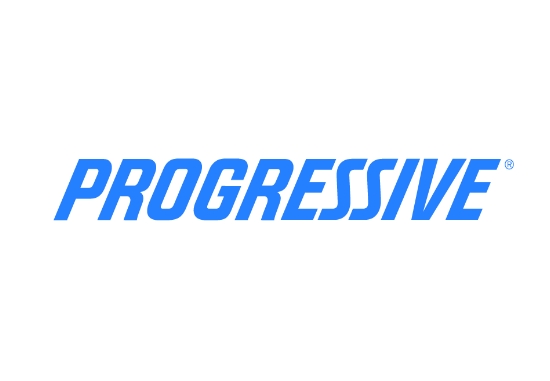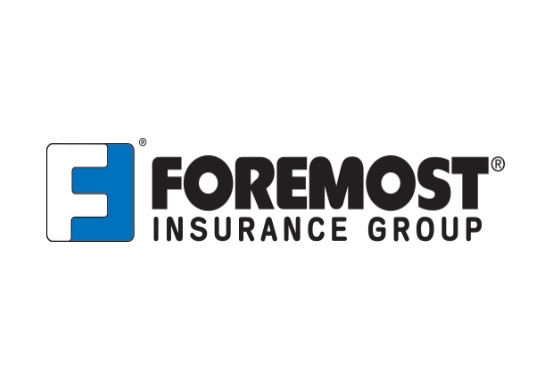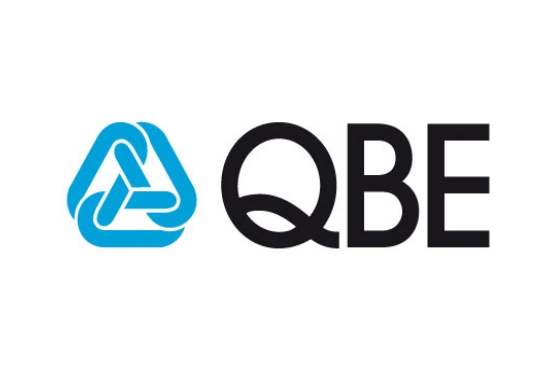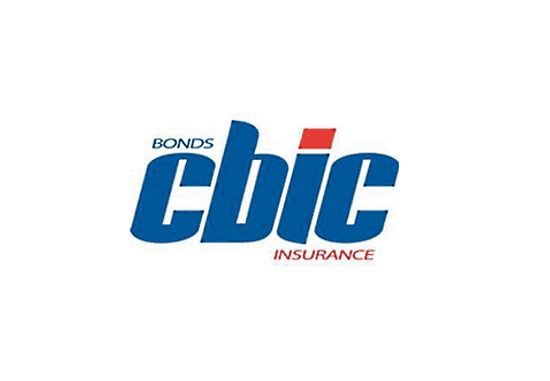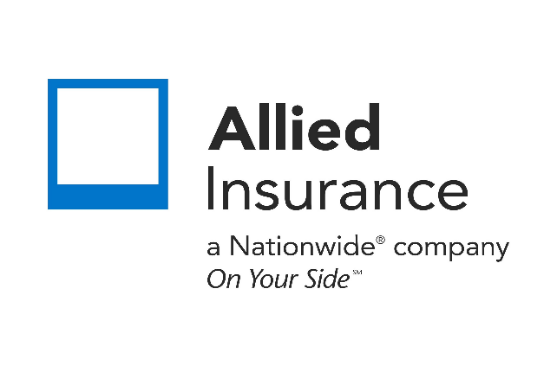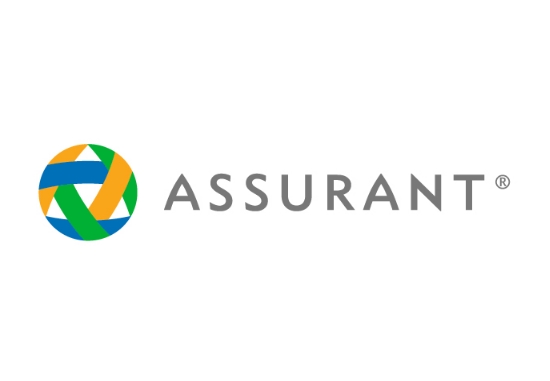How does gap insurance work?
When you finance or lease a vehicle, you may end up owing more on the loan than the vehicle is worth—especially soon after purchase as vehicles depreciate quickly. Gap insurance covers that difference in the event your vehicle is totaled or stolen.
🟩 Quick Definition
Gap insurance (Guaranteed Asset Protection) pays the difference between what your primary auto insurance covers and what you still owe on your loan or lease when your car is declared a total loss.
How Gap Insurance Works in Practice
1. Basic Scenario
You buy or lease a vehicle, and then either:
Your vehicle is declared a total loss (after an accident) or stolen and not recovered.
Your standard comprehensive/collision auto policy pays you the actual cash value (ACV) of the vehicle, which is typically the market value at time of loss minus depreciation.
If you still owe more on your loan or lease than that payout, you have a gap.
2. Gap Insurance Kicks In
If you have gap insurance:
You submit the claim for the vehicle loss and your primary insurance pays the ACV.
Then your gap insurance covers the outstanding loan or lease balance minus the primary payout (and minus any deductible). This prevents you from personally paying the difference.
3. When It’s Especially Useful
You should strongly consider gap insurance if:
You made a small or zero down payment.
You have a long-term loan or lease (e.g., 60 months or more).
The vehicle depreciates quickly or you drive high mileage.
You rolled over previous vehicle debt or negative equity into the loan.
4. What It Does Not Cover
Gap insurance typically does not cover your regular deductible, unpaid vehicle use charges, interest on the loan, late payment fees, or damage that’s not total loss. You still need a comprehensive and collision policy for the car to qualify for gap claims.
FAQs
Q1. Do I need gap insurance for an older vehicle?
Probably not. If your loan balance is less than or close to your vehicle’s value, the “gap” is minimal or non-existent. Gap insurance offers most value early in the loan term.
Q2. Can I buy gap insurance after I’ve financed a vehicle?
Yes in many cases, but it should often be added very soon after financing or leasing, especially before significant depreciation occurs.
Q3. Is gap insurance mandatory?
No—gap insurance is optional. However, some lenders or leasing agencies may require it as a condition for financing or leasing a vehicle.
Q4. How long should I keep gap insurance?
Keep it for as long as you owe more on the loan than the vehicle’s value. Once the balance drops and you’re “positive equity”, you may cancel it.
Q5. How much does gap insurance cost?
Typically it adds a modest amount to your premium or loan payment since it covers a specific risk. The exact cost depends on the vehicle, loan/lease terms and insurer.
Final Thoughts
Gap insurance protects you from a costly financial surprise if your vehicle is totaled or stolen and you owe more than its value. Especially if you made a small down payment, have long-term financing or drive a new car, this coverage can save you thousands.
Want help determining if gap insurance is right for your situation or getting the best quote? Fill out the form below for personalized recommendations and coverage comparisons tailored to your loan or lease.
Related Posts
Get a Right Insurance For You
SHARE THIS ARTICLE
We will compare quotes from trusted carriers for you and provide you with the best offer.
Protecting your future with us
Whatever your needs, give us a call, have you been told you can’t insure your risk, been turned down, or simply unhappy with your current insurance? Since 1995 we’ve been providing coverage to our customers, and helping people across United States.

